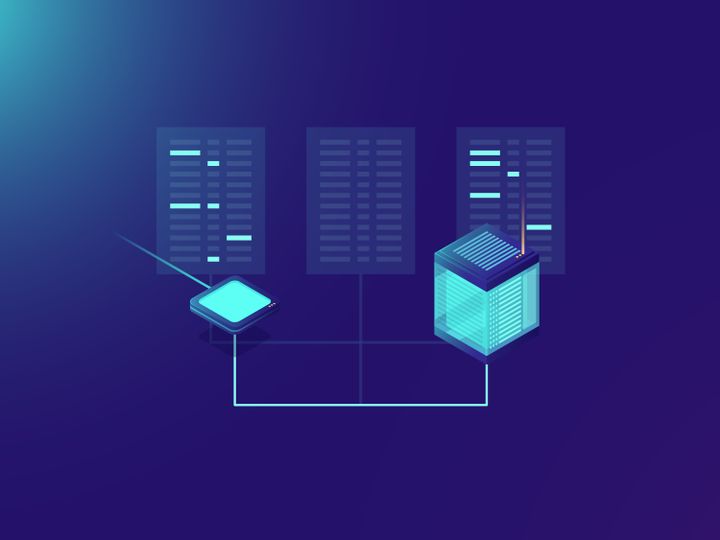API Connectivity and Integration
APIs are the backbone of digital operations. They define how systems connect, how services scale, and how organisations extend their reach.
Well-structured APIs reduce complexity, support automation, and enable delivery across teams, platforms, and partners.

Foundations
APIs as strategic infrastructure
APIs are more than data contracts. They define how modern operations run, evolve, and scale across environments.
Define how internal systems communicate and coordinate
Abstract underlying complexity without losing control
Align with governance, lifecycle, and security requirements
APIs become long-lived assets, not just integrations, but foundational architecture.

Our Approach
Consistency across the interface layer
Consistency is critical for scale. A unified interface layer enables both agility within and trust externally.
APIs are registered, discoverable, and observable
Policy enforcement and identity propagation are built-in
Multi-tenancy and zero-downtime deployment models supported
Connectivity becomes a governed platform, not an afterthought.

Use Cases
Where integration creates value
Integration is not just about data movement. It unlocks business agility, partner ecosystems, and internal reuse.
Wrap legacy services with controlled endpoints
Launch partner portals with curated service access
Expose reusable domain services internally
Track usage and lifecycle to reduce duplication
APIs become the interface to value, discoverable, measurable, and secure.
Real-World Outcomes
Execution in action
System interlinking
Enable seamless communication between legacy platforms and modern applications.
Partner API portals
Expose curated services to external partners with role-based access.
Service discovery
Help internal teams find, test, and use approved APIs with confidence.
Rate limiting and access control
Prevent abuse and ensure fairness across consumers.
Streaming data integration
Handle event-driven workflows across business domains.
Developer experience (DX)
Accelerate onboarding with SDKs, documentation, and sandboxed environments.
Multi-tenancy integration models
Manage per-tenant access, throttling, and customisation at the edge.
Integration governance
Establish policies and auditing to ensure compliance across teams.

The Architecture
Multi-layer integration
Effective API design spans application, infrastructure, and data layers.
Internal service meshes manage east-west traffic
External API gateways support observability and enforcement
Interfaces are identity-aware and rate-controlled
Integration spans across environments, tenants, and tools
Every connection is instrumented. Every call is governed.
Strategic Fit
Built for multi-environment delivery
APIs must function across cloud, on-premise, and hybrid environments.
Endpoints adapt to evolving deployment patterns
Traffic follows security and residency policies
Usage data feeds compliance and billing engines
APIs unify fragmented systems into coherent platforms.

Next Steps
Build a modern API platform
An API platform is more than endpoints. It's how you deliver services, onboard partners, and scale with control.
Establish an integration strategy that is secure, observable, and future-ready.